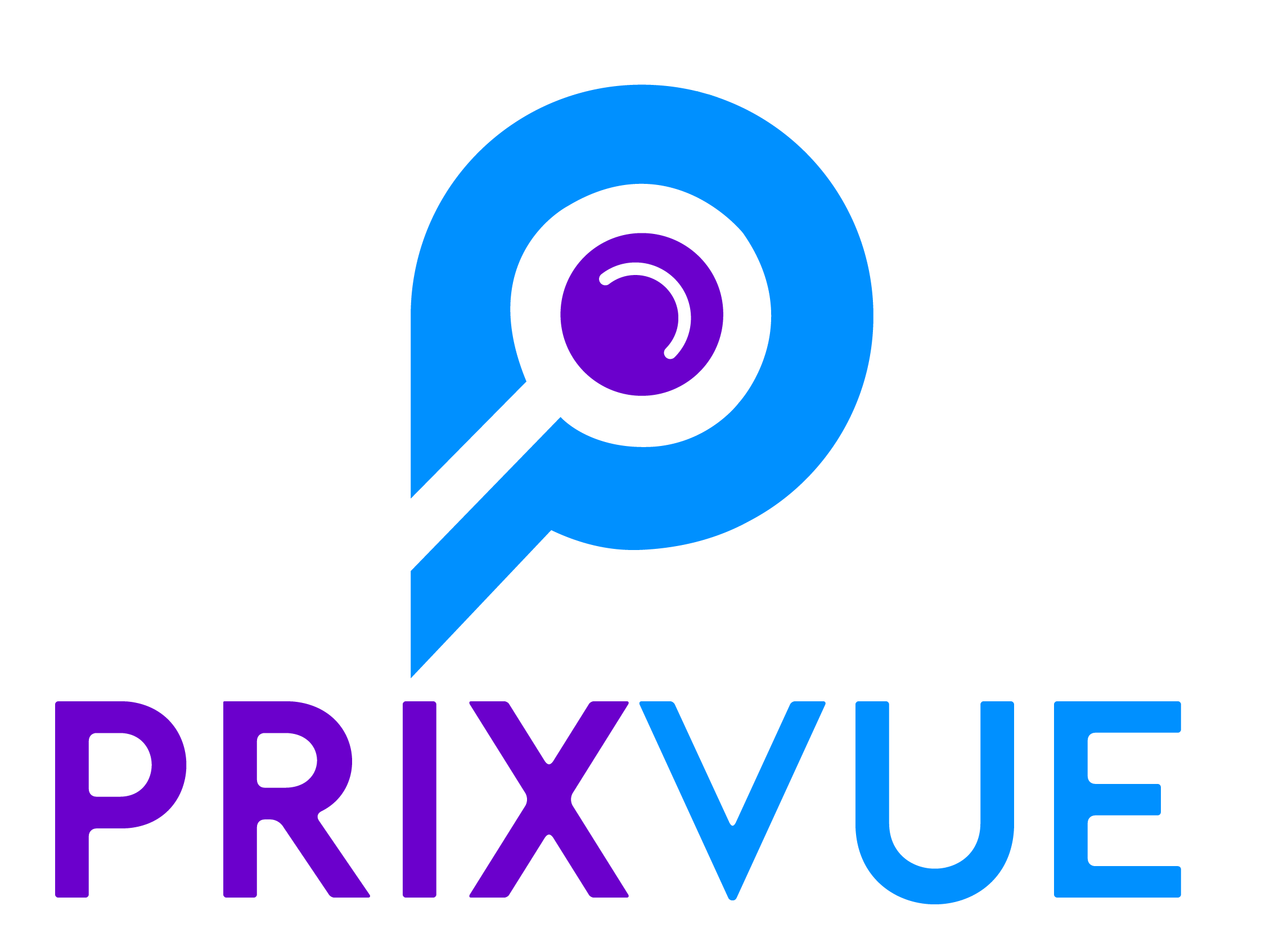The difference between winners and losers in the new digital economy is going to be consumer acquisition costs. Typically CAC determines whether or not you are profitable or can keep growing. So lowering your CAC costs is a critical part of a growth strategy. Everyone knows the obvious ways to lower acquisition costs, but they often also limit your growth (I’m thinking of tighter audiences, more money to retargeting – and my favorite: increase your conversion rate. Bet you hadn’t thought of that). So I thought I’d offer some less typical ways to drop your CAC costs. I know these work because I’ve deployed them and watched the results.
Increasing your site speed
Site speed is massively underrated. It has a magical impact on results because it slightly improves a bunch of different metrics. And it is usually missed by marketing organizations. Here’s what I’ve seen happen by increasing site speed while holding all other things steady: a big drop in bounce rate, significant increase in pages viewed/customer, increase in time on site and increase in conversion rate. These changes affect every marketing campaign that pushes visits to the website. I’ve also seen site speed increase average order size, which is a tough metric to improve. There are very few changes you can make that positively improve all of those metrics. It’s a force multiplier for your campaign, but it’s not easy to improve.
Start with either PageSpeed Insights or Google Chrome’s Lighthouse (I prefer Lighthouse). Google will tell you exactly how to increase site speed – in detail. Start with the biggest impacts and work your way down the list. It’s a worthwhile investment that pays off quick. I think all ecommerce sites should set a goal of above 50 on Googles mobile site speed report.
Not only does a faster site speed increase your conversions, it also reduces your CPC in paid search because of an increased quality score. It is one of the single best investments you can make.
Content over Performance Marketing
The trend towards content is for good reason. Google is taking more and more of our profits as it gets better at optimizing for Sergey’s wallet. When you start having to measure performance marketing against lifetime value instead of against a single order’s profit, it’s time to make a change. Content marketing lives longer and can create better customers. All performance marketing is one and done: you either capture the customer’s dollars or you don’t. If you create good content on your site or blog, it can give you years of free customers flowing in organically. If it’s really good, it also drives up your referral traffic, which is exceptional.
Yes, investing in content is long term and will not get you that dollar of sales today, but it might save your profitability in the future. A heavily reliance on performance marketing is like building shitty code, you end up with an organic debt that gets paid every day until you go under. And it gets paid in the insane CAC that your company is addicted to paying. Newspaper coupon inserts used to be the heroin of the retail industry and now it’s paid search. The only way through rehab is by developing a content rich website that Google must include in results. Spend some marketing dollars to create blog articles, videos, images and other content that, frankly, doesn’t suck. And start generating ‘free’ traffic and sales that add customers without adding a lot of marketing costs.
SMS and Email Priority
Every day you get lots and lots of customers to your site. Most retailers are attempting to capture email address, but many are still missing out on SMS messaging. SMS is tricky. A fine line between annoying your best customers and increasing your wallet share from those same customers. But it’s a gold mine. If you can resist the temptation to text every silly sale and really hold the line on quality content through SMS, you can win big. SMS sales can eclipse a nice email program fast. Start offering bigger discounts for cell phone numbers.
But email is also one to be mined. Remember: any sales that click through from email are essentially free orders. So encourage your customers to share the wealth: tell their friends, forward the email, etc. An email contest is an excellent way to utilize a customer list to gain low cost acquisition. And it can be done monthly if executed well. I’ve seen programs like this double the size of your email list in a quarter, which can be transformational for most retailers. Not sure where to start? Try WooBox.
YouTube is the Second Biggest Search Engine
And it is way cheaper to gain an audience than the first. I talk about video a lot because I think developing a skillset in video is critical to the next version of the internet (Day Three, no matter what Bezos says). But retailers struggle, STRUGGLE, with video. Lawyers get involved. The Brand team thinks everything should be Super Bowl level quality. And of course the HIPPOs have ideas. Video is not that hard. Start with an iPhone and only if something explodes, then consider a $50k shoot of that video. Test cheap and fast or you won’t survive.
If you can get around the legal and brand teams, YouTube is a quiet powerhouse. Even baby boomers have learned that on YouTube they can find very specific directions to fix/upgrade/improve/build/design/etc anything. YouTube has become the technical school of the 2020’s. And that means your customers are on YouTube asking questions about how to dress. Or how to design a room. Or how to buy whatever you’re selling. Create content and it will be found.
But a killer use of YouTube is in branded preroll ads (you can’t avoid the brand team here) that drive organic searches for your brand name. Ecommerce analysts don’t love this because it isn’t that easy to track. But if you have a great brand video and you target the right customers on YouTube, you can drive up searches for your brand name. And guess what? Brand searches have a low CAC because those customers are coming to buy. One more thing: you better learn to deploy video or you are about to be left behind.
Go Offline
In 2020, the whole world seemed to shift online. Stores shuttered and what was left? All retailers had the same question: if I’m only selling online, why am I advertising offline? And they all moved budgets online and drove paid search and social CPC’s to insane levels. And that’s why we’re having this discussion. But here’s an interesting hole in the matrix: I now get only about 10% of the catalogs I used to get. The direct mail pieces in my mailbox have dropped drastically. Somehow, we threw out all non-digital advertising and it was probably an overreaction.
Direct mail is one of the few inexpensive marketing activities that interrupts your customer and forces them to notice you (I don’t count interstitials). And it’s pretty damn cheap. Cheap enough to test. For those not in the know, it’s a lot like social media advertising: you give Epsilon your names and they sell you back an audience of similar customers. Then you reach out and try to convert them. It’s still extremely effective at generating new customers in mass at a reasonable cost. This may sound like heresy to some, but at the current CPC rates it makes a lot of sense.
One day I’ll write up a blog post about the history of marketing transitions, like the one we’re currently in. We went from using catalogs to drive store traffic and some sales. To using catalogs to drive internet sales and some store visits. To now using stores to drive internet sales. And why shouldn’t we also keep using direct mail to drive some online sales? It works. And does it at lower CAC than you’re currently paying. Trust me. If you don’t like direct mail, try billboards. Just test something.
Profitable, Proactive Partnerships
Now for the bonus tip: find a non-competing company that goes after your same customer base. And make a deal with them. I love swapping marketing materials in outbound shipments. They drop your postcard in their shipments, you drop yours in theirs. And the only cost is the cost to design and print a very cheap card. If you pick the right partners, it’s a way for both companies to maximize their marketing spend. My current company, Plum, sells flooring. We’re working with an online paint company for a deal. Both of us are marketing to early adopting customers (who buys paint online?) that prefer online purchases and are working on a renovation. It’s a marriage made in heaven, I believe. I’ll know fast after seeing the numbers, but there’s lots of flexibility in a model like this because of the low costs. It can also be done with post-sale email exchanges (always should be post sale, don’t give away those customers you paid to attract).
It’s Time to Try Something New
Frankly, CAC costs are out of control. And we need to start changing things. Our monopolistic overlords are taking all our profits. And the only solution is moving away from pure performance marketing to something that relies less on a single platform or approach and takes advantage of our unique strengths in the marketplace. I like these tips because I know they work. They will help mitigate the costs to acquire new customers.
Side note: I often get approached about increasing customer retention as a way to offset marketing costs. Unless your company is completely inept at retaining customers, this is a tough wall to climb. It is very, very hard to increase your customer retention rate without launching new categories of goods or making drastic merchandising changes. And remember, if your customer retention rate was 100%, you would still have to acquire new customers to grow. If you’re growing fast enough, a low customer retention rate won’t stop you. The priority is acquiring new customers at scale and at a reasonable cost. And it always will be.

